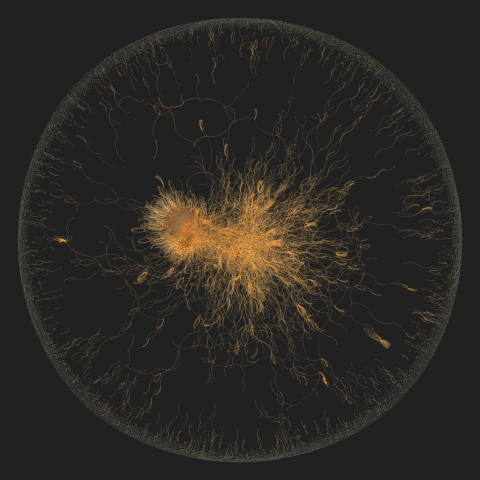Python package dependency tree
Here is how you can do it programmatically using python pip package:
from pip._vendor import pkg_resources # Ensure pip conf index-url pointed to real PyPi Index
# Get dependencies from pip
package_name = 'Django'
try:
package_resources = pkg_resources.working_set.by_key[package_name.lower()] # Throws KeyError if not found
dependencies = package_resources._dep_map.keys() + ([str(r) for r in package_resources.requires()])
dependencies = list(set(dependencies))
except KeyError:
dependencies = []
And here is how you can get dependencies from the PyPi API:
import requests
import json
package_name = 'Django'
# Package info url
PYPI_API_URL = 'https://pypi.python.org/pypi/{package_name}/json'
package_details_url = PYPI_API_URL.format(package_name=package_name)
response = requests.get(package_details_url)
data = json.loads(response.content)
if response.status_code == 200:
dependencies = data['info'].get('requires_dist')
dependencies2 = data['info'].get('requires')
dependencies3 = data['info'].get('setup_requires')
dependencies4 = data['info'].get('test_requires')
dependencies5 = data['info'].get('install_requires')
if dependencies2:
dependencies.extend(dependencies2)
if dependencies3:
dependencies.extend(dependencies3)
if dependencies4:
dependencies.extend(dependencies4)
if dependencies5:
dependencies.extend(dependencies5)
dependencies = list(set(dependencies))
You can use recursion to call dependencies of dependencies to get the full tree. Cheers!
You should be looking at the install_requires field instead, see New and changed setup keywords.
requires is deemed too vague a field to rely on for dependency installation. In addition, there are setup_requires and test_requires fields for dependencies required for setup.py and for running tests.
Certainly, the dependency graph has been analyzed before; from this blog article by Olivier Girardot comes this fantastic image:

The image is linked to the interactive version of the graph.
Using tool like pip, you can list all requirements for each package.
The command is:
pip install --no-install package_name
You can reuse part of pip in your script. The part responsible for parsing requirements is module pip.req.